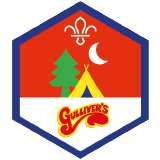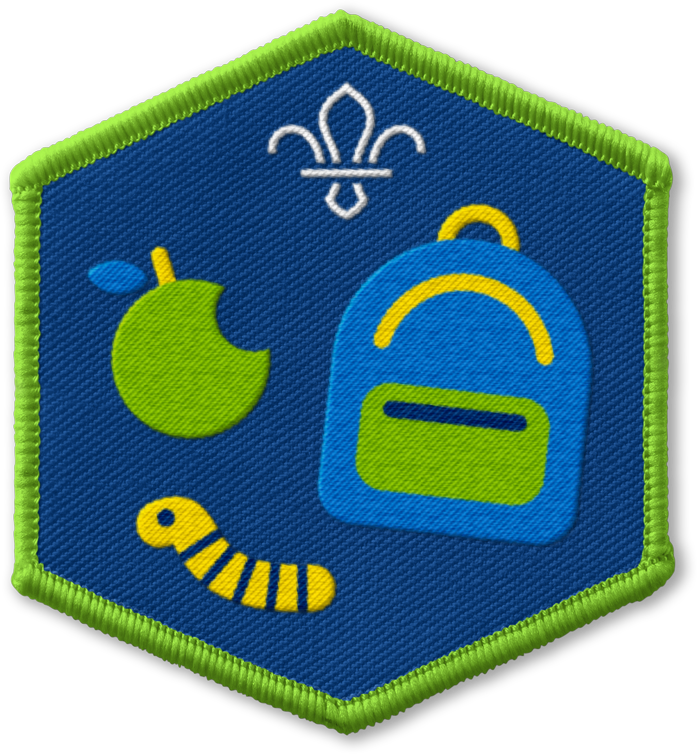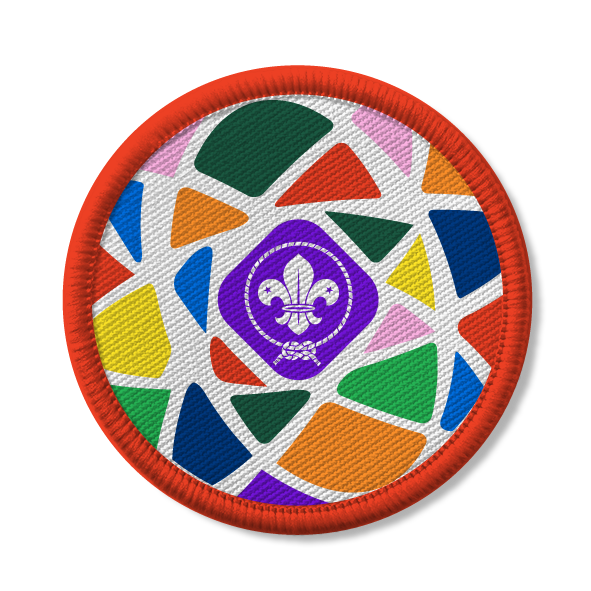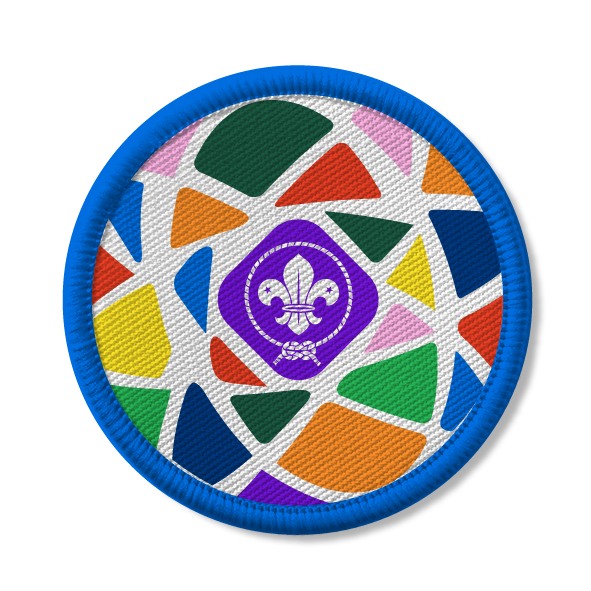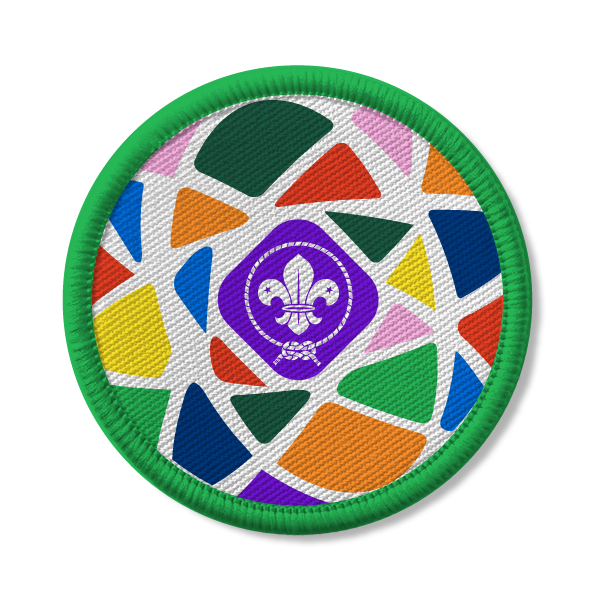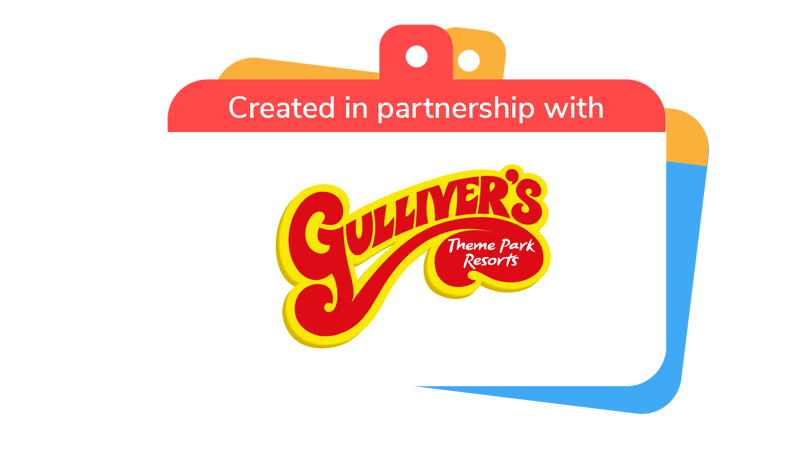
Nature hunt
You’ll need
- Pens or pencils
- A4 paper
Try this at Gulliver's Theme Park Resorts!
Thinking of running this activity? Well, why not try it during a trip to Gulliver's Theme Park Resorts with your group. Whether you are there for a Scouts Takeover weekend, or heading out on a group visit with just your troop, this activity can be a great addition to your trip programming.
Learn more about the partnership hereBefore you begin
- Use the safety checklist to help you plan and risk assess your activity. There's also more guidance to help you carry out your risk assessment, including examples.
- Make sure all young people and adults involved in the activity know how to take part safely.
- Make sure you’ll have enough adult helpers. You may need some parents and carers to help if you’re short on helpers.
Planning this activity
- Choose an appropriate, accessible outdoor area. You may need to think about avoiding steps, being close to public transport, or steep gradients or including frequent breaks.
- Make sure parents and carers know exactly where you’ll be, what people may need to bring, the day, the location, and when and where to drop off and collect everyone.
- Have a suitable, well-lit place for drop off and collection, away from any traffic.
- Check the weather forecast. Make sure everyone knows to come dressed for the weather and activity, being prepared for the weather to change.
- Check the sunset times, making sure that you’ll have sufficient light throughout the activity. It’s best to run this activity on lighter evenings, such as in summer.
Introducing the space
- Everyone should head out to the outdoor space or meet at the chosen venue. Explain the boundaries of the playing area and where the no-go zones are. If playing in a public space, young people should be paired up so no young person is left alone and they should run or move together.
- Tell people how they can use the space respectfully. Remind people to be calm and quiet, so you don’t disturb wildlife or other people, and not to pick any flowers or plants. They should handle wildlife gently, take litter home, and put things gently back where they were found.
- Tell everyone where adults will be around the site and what people should do if anyone in their team needs help. This should include setting memorable spot where an adult will stay at all times.
- Explain the signal to stop play and how long the activity will go on for. A long blast on a whistle works well as a signal to stop the activity.
Get hunting
- Provide everyone with pens and paper, and possibly clipboards.
- Decide on which plants and animals everyone is going to try to find, and write these down. You could search for spider webs, feathers, something green, flying insects or bird nests. You may want to use spotter sheets for trees, plants and fungi, and animals.
- Everyone should get into small groups, with at least two adults for each group. If playing in a public space, young people should be paired up so no young person is left alone and they should run or move together.
- Each group should set off to try and find and observe the items.
- This activity is about seeing them, not collecting them, and it isn’t a race. It’s all about enjoying being outdoors in the natural world.
- If a group finds one of the trickier items, they should let their friends in other groups know.
- Remind everyone that it isn’t a competition and the aim is for all of the groups to find all of the items.
- Once everyone’s finished searching, you could play a favourite game while they’re outdoors in the fresh air.
Reflection
This activity gave everyone a chance to look closely at the world and enjoy the magic of nature. While everyone’s outdoors, they should sit together and have a moment of quiet. They should listen and see what they can hear – it could be animals, birds, or insects, or just the breeze in the trees. Everyone should smell the air: what can people smell? They may be able to smell grass, trees, or water. If they can, people should touch the grass or trees and feel the textures. How does being outside make everyone feel? Being in the outdoors is also a great way to take care of our bodies and minds, by finding ways to help us be calm and rest. Perhaps being outdoors helps some people feel relaxed and ready for their next adventure.
Safety
All activities must be safely managed. You must complete a thorough risk assessment and take appropriate steps to reduce risk. Use the safety checklist to help you plan and risk assess your activity. Always get approval for the activity, and have suitable supervision and an InTouch process.
- Outdoor activities
You must have permission to use the location. Always check the weather forecast, and inform parents and carers of any change in venue.
- Hiking and walking
Follow the guidance for activities in Terrain Zero, or the guidance for each the adventurous activity.
- Visits away from your meeting place
Complete a thorough risk assessment and include hazards, such as roads, woodland, plants, animals, and bodies of water (for example, rivers, ponds, lakes, and seas). You’ll probably need more adult helpers than usual. Your risk assessment should include how many adults you need. The young people to adult ratios are a minimum requirement. When you do your risk assessment, you might decide that you need more adults than the ratio specifies. Think about extra equipment that you may need to take with you, such as high visibility clothing, a first aid kit, water, and waterproofs. Throughout the activity, watch out for changes in the weather and do regular headcounts.
Add in some local landmarks or clues, or finish off by playing ‘I spy’ together.
Make sure the route and space is accessible for everyone.
All Scout activities should be inclusive and accessible.
You could take camera (or smartphones) and take photographs to make a nature display. This could count towards the Beaver Photographer Activity Badge.
